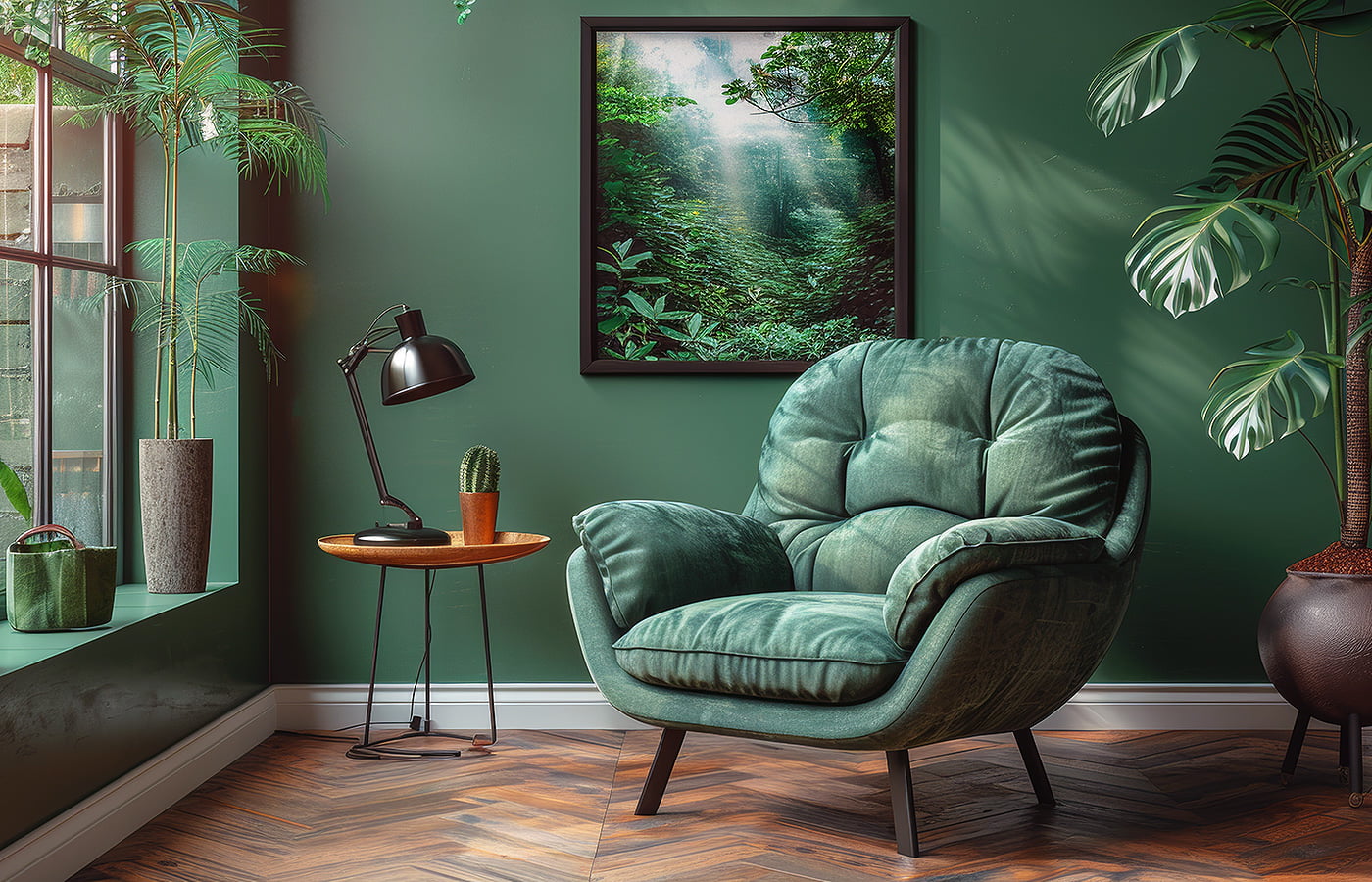Small changes in your Home to Start Living GREEN

Living a greener lifestyle can sometimes require minor overhauls or drastic changes. Small adjustments within your home's comfort can significantly impact the environment. Whether you are passionate about reducing your carbon footprint or want to adopt more sustainable habits, here are some easy and practical tips to help you start living green.
Switch to Energy-Efficient Light Bulbs
Replace traditional incandescent light bulbs with energy-efficient LED or CFL bulbs. Not only do they consume less energy, but they also last much longer, saving you money on your electricity bills in the long run. LED lights also have many colour options and tones, so you can have fun with lighting in your home while knowing you are saving money and being energy efficient.
Reduce, Reuse, Recycle
Implement a comprehensive recycling system in your home. Set up separate bins for paper, plastic, glass, and organic waste. Get creative with upcycling by repurposing items instead of throwing them away. For example, you can use glass jars as storage containers or turn old clothes into cleaning rags. Some stores may also allow you to bring glass containers to put bulk items in (such as grains and candy) to save on your shopping bill and plastic usage.
Conserve Water
Despite Canada's fortune in being home to many water sources, water is not infinite. Install low-flow faucets and showerheads to minimize water usage. Fix leaks promptly to prevent water wastage. Consider collecting rainwater for watering plants or flushing toilets. Every drop counts when it comes to conserving this precious resource.
Choose Eco-Friendly Cleaning Products
Opt for environmentally friendly cleaning products free from harmful chemicals. Many brands offer biodegradable and non-toxic alternatives that are safe for your family and the planet. While these maintain eco-friendliness, they do not compromise their effectiveness. These options are also more pet-friendly, so you don't have to worry about your four-legged friends being negatively impacted by some of the chemicals in cleaners.
Unplug Electronics
Reduce standby power consumption by unplugging electronic devices when they are not in use or by using smart power strips. This simple habit not only saves energy but also helps extend the lifespan of your gadgets. Remember to add this step to your checklist if you are going on a long trip.
Invest in Energy-Efficient Appliances
When it comes time to upgrade your appliances, look for models with the Energy Star label. Designed to consume less energy, these appliances lower utility bills and reduce greenhouse gas emissions.
Create a Compost Bin
Many communities already have compost pick-ups, but if your community does not, start composting organic waste such as fruit and vegetable scraps, coffee grounds, and eggshells. Composting not only diverts waste from landfills but also produces nutrient-rich soil that you can use to nourish your garden. If your community has a composting program, check regularly for updates on what they collect, as it varies between communities.
Choose Sustainable Materials
When purchasing furniture, flooring, or home decor items, opt for products made from sustainable materials. Choices such as bamboo, reclaimed wood, or recycled plastic support responsible forestry practices and reduce the demand for virgin resources.
Plant Trees and Indoor Greenery
Incorporate indoor plants into your home to improve air quality and add a touch of greenery to your living space. Consider planting trees in your yard to provide shade, absorb carbon dioxide, and enhance biodiversity. Clover and creeping thyme are other options besides grass to plant in yards that can minimize the need for water.
Reduce Paper Usage
Embrace digital alternatives whenever possible to minimize paper consumption. To reduce paper clutter, use e-books instead of printed books, opt for electronic billing and statements, and unsubscribe from junk mail.
By making these small changes in your home, you can take meaningful steps towards living a greener and more sustainable lifestyle. Remember, every eco-friendly choice contributes to a healthier planet for future generations. Let's do our part to preserve and protect the environment!
Published courtesy of Royal LePage® Royal City Realty on Apr 11th, 2024
